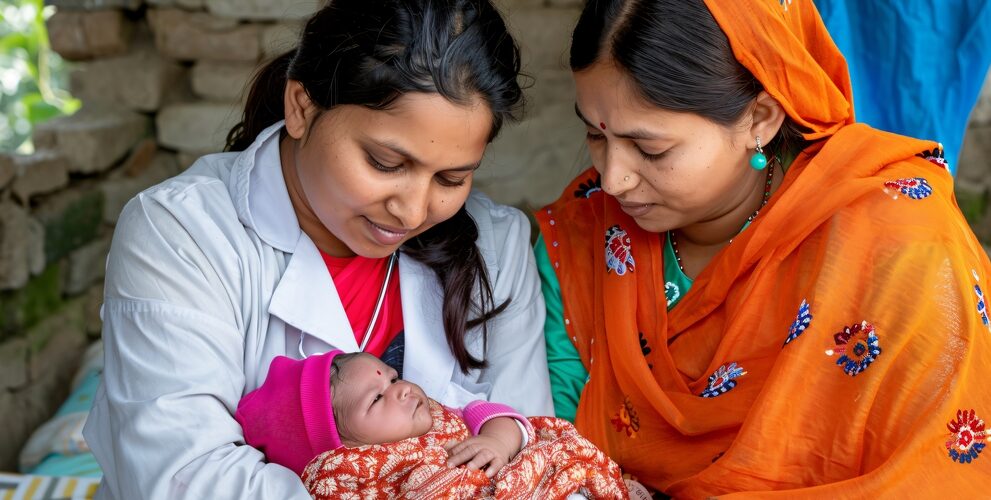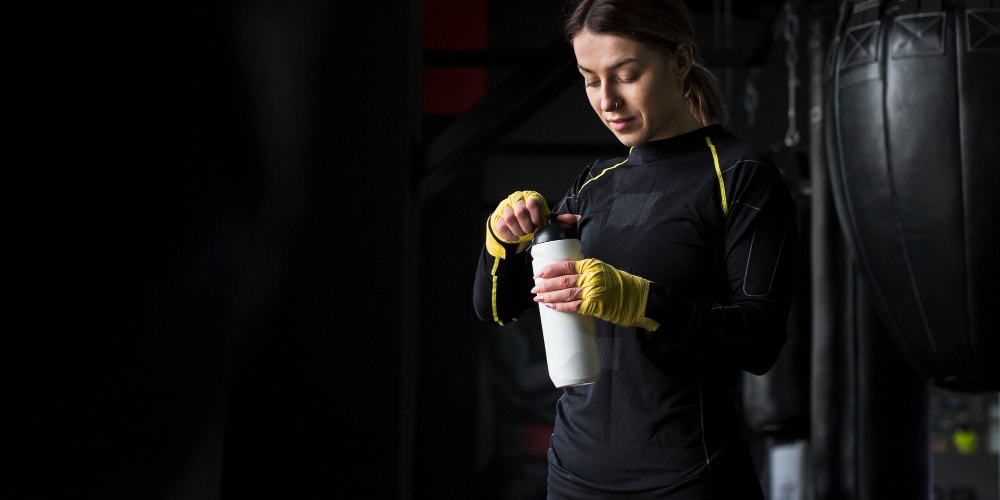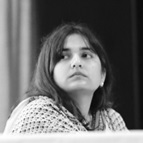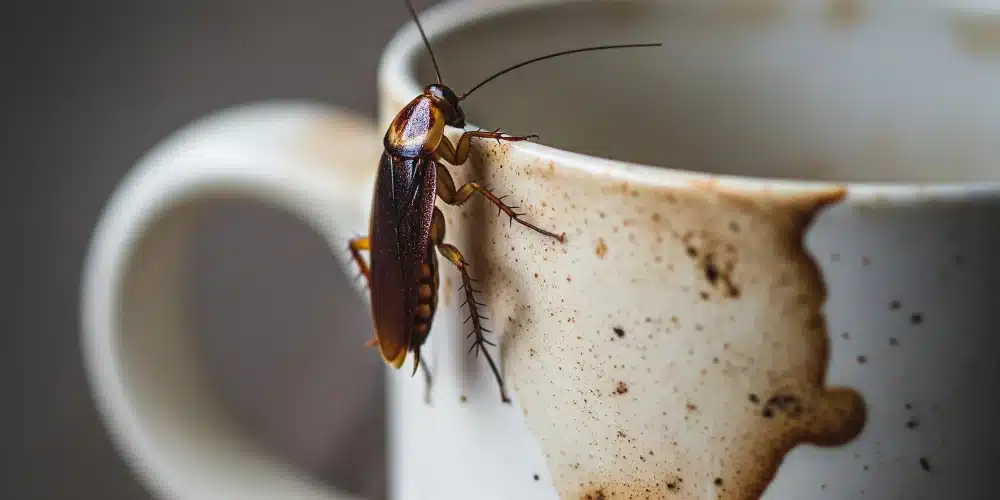Declining birth rates in Tamil Nadu, Kerala, Delhi signals demographic shift
Rising female education emerges as the key driver behind falling fertility rates in India’s southern states
Author
Author
- admin / 6 months

- 0
- 3 min read

Author
The southern states of Tamil Nadu and Kerala and the capital, Delhi, are witnessing a dramatic decline in birth rates, dropping at more than twice the national average, according to the Sample Registration System (SRS) Statistical Report 2021, released by the Registrar General of India last week.
Driven by rising female education and socio-economic progress, these regions are spearheading India’s demographic transition, while northern states like Bihar and Uttar Pradesh show persistently high fertility rates.
Steep decline in southern birth rates
The SRS, India’s largest demographic survey covering 8,842 sample units and approximately 84 lakh people, reported a national Crude Birth Rate (CBR) (or live births per 1,000 people) of 19.3 in 2021, declining at 1.12% annually from 2016 to 2021.
In contrast, Tamil Nadu’s CBR fell by 2.35% per year, Delhi’s by 2.23%, and Kerala’s by 2.05%. Kerala recorded the lowest CBR at 12.9, followed by Tamil Nadu at 13.4 and Delhi at 14.2, far below the national average. Other southern states like Andhra Pradesh (15.9), Telangana (16.1), and Karnataka (16.5) also reported significantly lower CBRs.
Over the decade from 2009–11 to 2019–21, the national CBR dropped by 12.2%, but southern states outpaced this trend. Karnataka saw the sharpest decline at 14.1%, followed by Tamil Nadu (13.8%), Kerala (11.4%), and Andhra Pradesh (11.2%).
Thirteen major states and union territories, including Maharashtra (1.57%), Gujarat (1.24%), Odisha (1.34%), Himachal Pradesh (1.29%), Haryana (1.21%), and Jammu and Kashmir (1.47%), also recorded faster-than-average CBR declines. Uttarakhand was the only state reporting a slight CBR increase.
In contrast, northern and central states like Bihar (25.6), Uttar Pradesh (24.8), and Madhya Pradesh (23.8) reported the highest CBRs, with slower declines.
Female education drives demographics
The primary driver of low birth rates in southern states is female education, a trend shown by SRS data. Kerala has 99.6% female literacy in the 15–49 age group, with 28.8% completing Class XII and 29.1% holding graduate degrees, the highest in India. The literacy rate in Tamil Nadu has increased and is 80.09%, as per the 2011 population census. Of that, male literacy stands at 86.77%, while female literacy is at 73.14 percent.
In contrast, as per the 2011 census, the female literacy in Bihar was just over 50%, indicating that almost half of the women were outside the ambit of literacy. Uttar Pradesh also has a literacy rate of 67.68%, among which 77.28% are males and only 57.18% are females.
Fertility rates below replacement level, and what does it mean?
India’s total fertility rate (TFR) was 2.0 in 2021, slightly below the replacement level of 2.1. This is the number of children each woman needs to have to keep the population stable.
But there are big differences across states. Bihar had the highest fertility rate at 3.0, followed by Uttar Pradesh (2.7), Madhya Pradesh (2.6), Rajasthan (2.4), Jharkhand (2.3), and Chhattisgarh (2.2).
In contrast, southern states had much lower rates. Kerala and Tamil Nadu were at 1.5, while Andhra Pradesh, Karnataka, and Telangana were at 1.6—similar to countries like Japan and South Korea, which are dealing with aging populations.
The Civil Registration System (CRS) 2021 showed rising registered births in 11 states, including Bihar and Uttar Pradesh, but declining births in southern states since 2012.
The declining birth rates in southern states and urban centers like Delhi reflects socio-economic progress but raises concerns about aging populations and shrinking workforces.
Also read: India’s uneven caesarean delivery rates: Telangana tops, Nagaland lags – First Check
(Do you have a health-related claim that you would like us to fact-check? Send it to us, and we will fact-check it for you! You can send it on WhatsApp at +91-9311223141, mail us at hello@firstcheck.in, or click here to submit it online)










